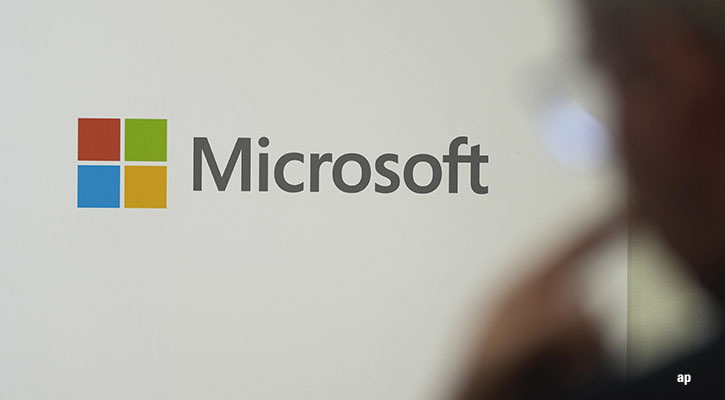
The Trump administration's imposition of steel and aluminium tariffs made waves early in 2018, driving share prices for steel and aluminium producers sharply higher. Although we've increased our forecasts for near-term U.S. steel prices and the U.S. Midwest aluminium premium, we maintain a negative long-term outlook for both industries.
We expect substantial global overcapacity will cause most industrial metals companies to fall short of earning their cost of capital over the decade to come. Additionally, with the tariff programme now in place, we contend that all near-term positive catalysts have now been exhausted and we see asymmetrical downside risk due to our outlook that both steel and aluminium prices will decline materially in the years to come.
On the demand side, the key factors underpinning our bearish outlook are our below-consensus forecast for Chinese fixed-asset investment and fading benefits from the Chinese stimulus. While some may look hopefully upon India to pick up the slack, we believe India remains several years away from being the next major driver of global metals consumption. On the supply side, we expect Chinese structural overcapacity to remain in place for both steel and aluminium, as elevated metals prices have created incentive for the addition of new supply.
With few exceptions, we still see mined commodity and miner share prices as overvalued, propped up by the sustained Chinese stimulus. Iron ore's relative buoyancy since early 2016 is emblematic of most industrial commodities. Recent conditions have been highly favourable for miners, particularly the bulk miners, as exemplified by 2017 adjusted earnings for Rio Tinto (RIO), which were up nearly nine-fold from 2015 levels.
We do not expect this to last. With China's credit growth slowing, we still expect mined commodity prices for products such as copper, iron ore, and alumina to fall materially and for share prices to follow. Accordingly, the miners we cover are substantially overvalued. We expect a structural change in demand growth from China as its economy matures and makes the transition toward less commodity-intensive and more consumption-driven growth. High-cost miners and those with outsize exposure to iron ore and coking coal tend to look the most overvalued.
What About Gold?
Gold is among the few mined commodities that isn't directly tied to the fortunes of Chinese fixed-asset investment. Despite the Fed's ongoing rate hikes and balance sheet reduction, gold investment in exchange-traded fund holdings remains as high as it did when rates were meaningfully lower. As real yields on U.S. Treasuries and other safe-haven asset prices rise, the opportunity cost of holding gold will rise. Through the second quarter, however, prices have hovered around $1,300 per ounce.
On the back of weak investment demand, we forecast that gold prices will fall to $1,225 per ounce by the end of 2018. Nevertheless, we still believe gold has a promising future, and we forecast the nominal gold price to recover to $1,300 per ounce by 2020. We expect that in the long term, Chinese and Indian jewellery demand will fill the gap left by waning investor demand.
However, the rise of consumer demand will take time, which points to downside risk in the near term. Although we see limited opportunities in gold miners, we consider Goldcorp undervalued, as we believe execution risk surrounding its 20/20/20 growth plan is overstated. This plan aims to boost production and reserves while cutting costs by 2021.
Soft Commodities Outlook
Strong global demand for potash should support prices throughout 2018. So far this year, reduced supply has boosted potash prices. In potash, new delays via lower-than-expected potash production from both Sociedad Quimica Y Minera De Chile and K+S have led to a tighter market. We expect this dynamic to continue throughout the year, and we've raised our 2018 potash price forecast to $270 per metric ton. Our long-term price forecast for potash is unchanged at $270 per metric ton.
From a valuation standpoint, potash producers are trading at a larger discount to fair value than the rest of our ag coverage. This is primarily because of our long-term outlook that potash prices will remain flat, in real terms, while we forecast real price declines in nitrogen and phosphate.
Over the past year, lumber and panel prices have surged because of short-term supply disruptions. Hurricanes in the southeast United States, wildfires in the northwest, and considerable rail congestion throughout Canada have reduced the amount of product coming to market. This has launched prices beyond what we believe will be sustainable for at least another two years, despite industry operating rates falling thus far in 2018. We believe valuations for wood product companies are currently stretched, despite our bullish long-term outlook. As these disruptions ease later in the year, we expect pricing to fall by 20%-30%.





























